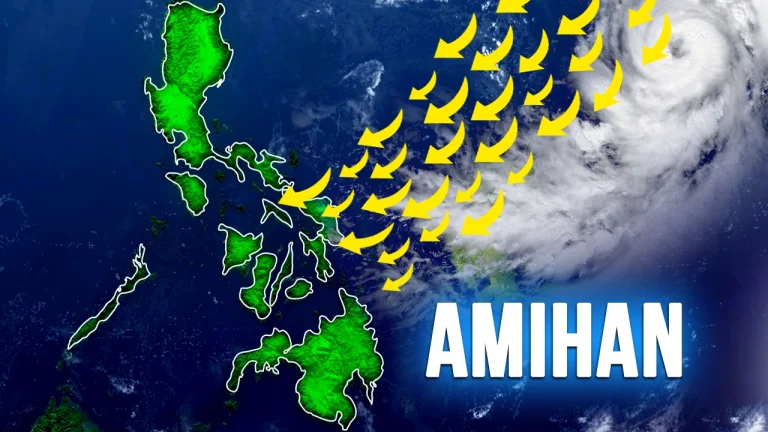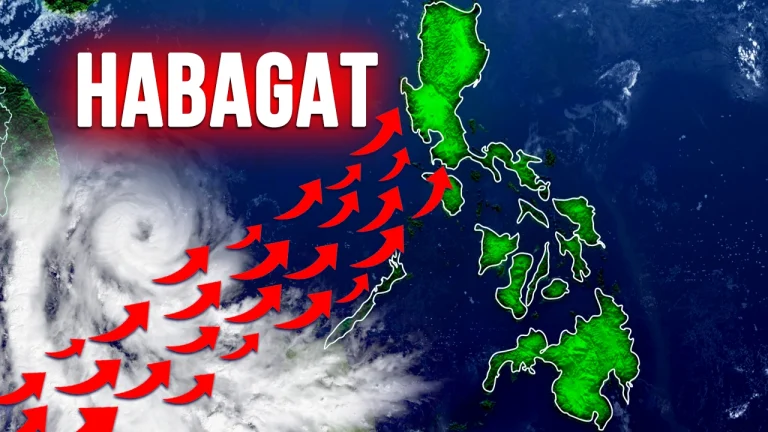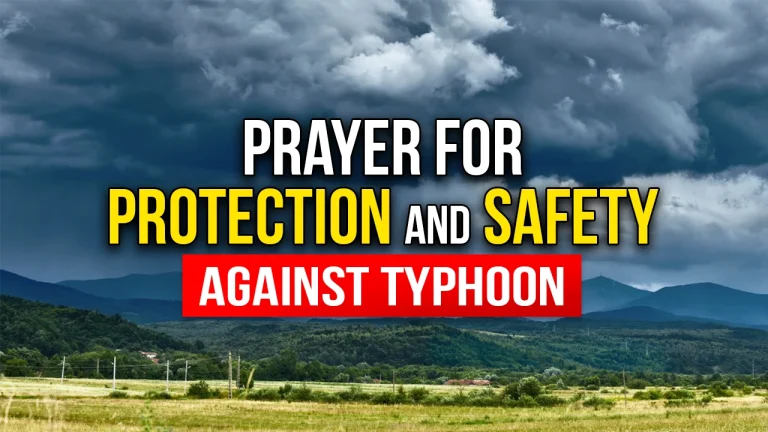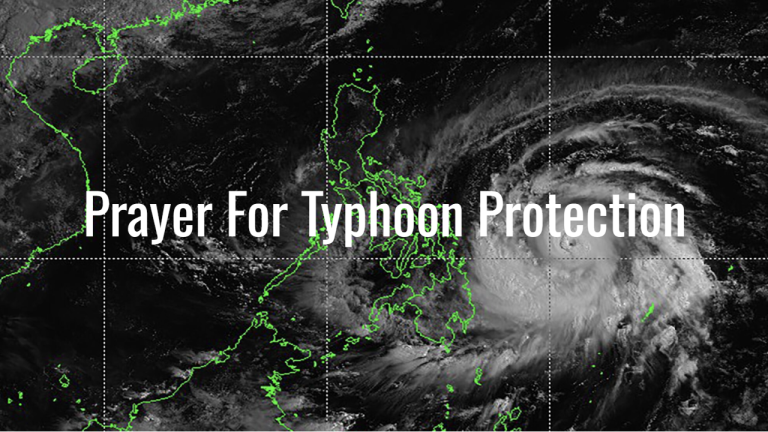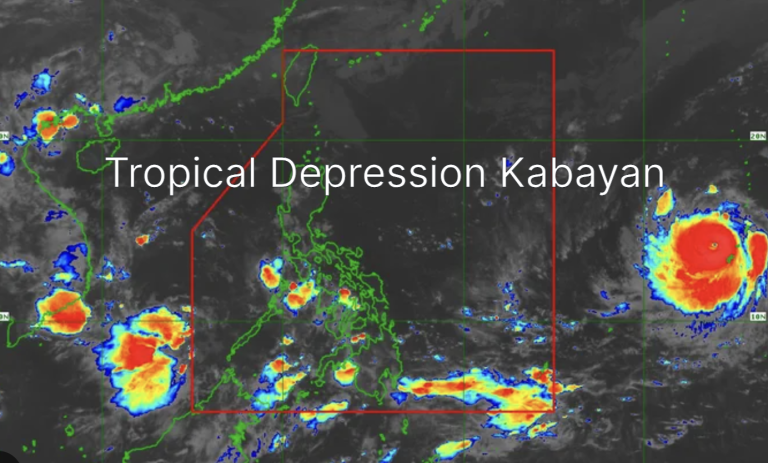Understanding the Amihan Weather
Amihan weather refers to the season in the Philippines characterized by the northeast monsoon. It is marked by cooler, drier air coming from the northeast, typically resulting in mild and pleasant weather conditions across the country.
The Origin of the Word ‘Amihan’
In Philippine mythology, and based on Filipino folklore, Amihan is a bird and the first creature to inhabit the universe, along with the god called Bathala. According to the story in the legendary Amihan, it saved the first human beings, Malakas and Maganda, from a bamboo plant.
When referring to the country’s season and weather system, and in the context of the Philippine climate, the word ‘Amihan’ originates from the Tagalog language, meaning a cool and dry northeast wind.
It symbolizes one of the primary seasonal weather patterns in the Philippines.
In English, ‘Amihan’ translates to the ‘northeast monsoon.’ It describes the seasonal winds that blow from the northeast towards the Philippines.
The Amihan wind in English is referred to as the ‘northeast wind.’ It is a key component of the northeast monsoon, bringing cooler and less humid air to the region.
Amihan Season Explained
The Amihan season is the period in the Philippines when the northeast monsoon prevails, typically from November to April. This season is characterized by moderate temperatures, less rainfall, and generally fair weather.
The Difference Between Hanging Amihan and Hanging Habagat
The prevailing winds in the Philippines are the northeast monsoon (Amihan) and the southwest monsoon (Habagat), each dominating different parts of the year.
‘Hanging Amihan’ (northeast monsoon) and ‘Hanging Habagat’ (southwest monsoon) are two contrasting weather patterns in the Philippines.
Amihan brings cooler, drier weather, while Habagat is associated with hot, humid, and rainy conditions.
‘Hanging Amihan’ refers to the northeast monsoon period in the Philippines, known for its cool, dry winds from the northeast, significantly affecting the country’s climate during its season.
Watch this video that presents detailed information about Amihan and Habagat.
Temperatures During Amihan Season
The months of Amihan are typically from November to April, marking the northeast monsoon season in the Philippines.
During the Amihan season, the Philippines experiences cooler and more comfortable temperatures, lower humidity, and less rainfall.
The Amihan season is generally cold and dry, especially compared to the hot and humid conditions typical of the Habagat season. It is predominantly cold, or at least cooler than the rest of the year, particularly in the northern regions of the Philippines.
It’s a favorable time for outdoor activities and is crucial for certain agricultural practices.
In summary, understanding Amihan is crucial for comprehending the climatic patterns of the Philippines. This northeast monsoon season, with its distinct characteristics, plays a vital role in the country’s agriculture, culture, and daily life.
Want more information and updates about the Philippine Weather?
Subscribe to the “Weather Ni Juan” channel to get a regular daily update on the Weather Forecast and Bagyo or Typhoon updates.

In the “Weather Ni Juan” channel, there’s a load of information that you will learn and discover.

